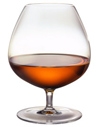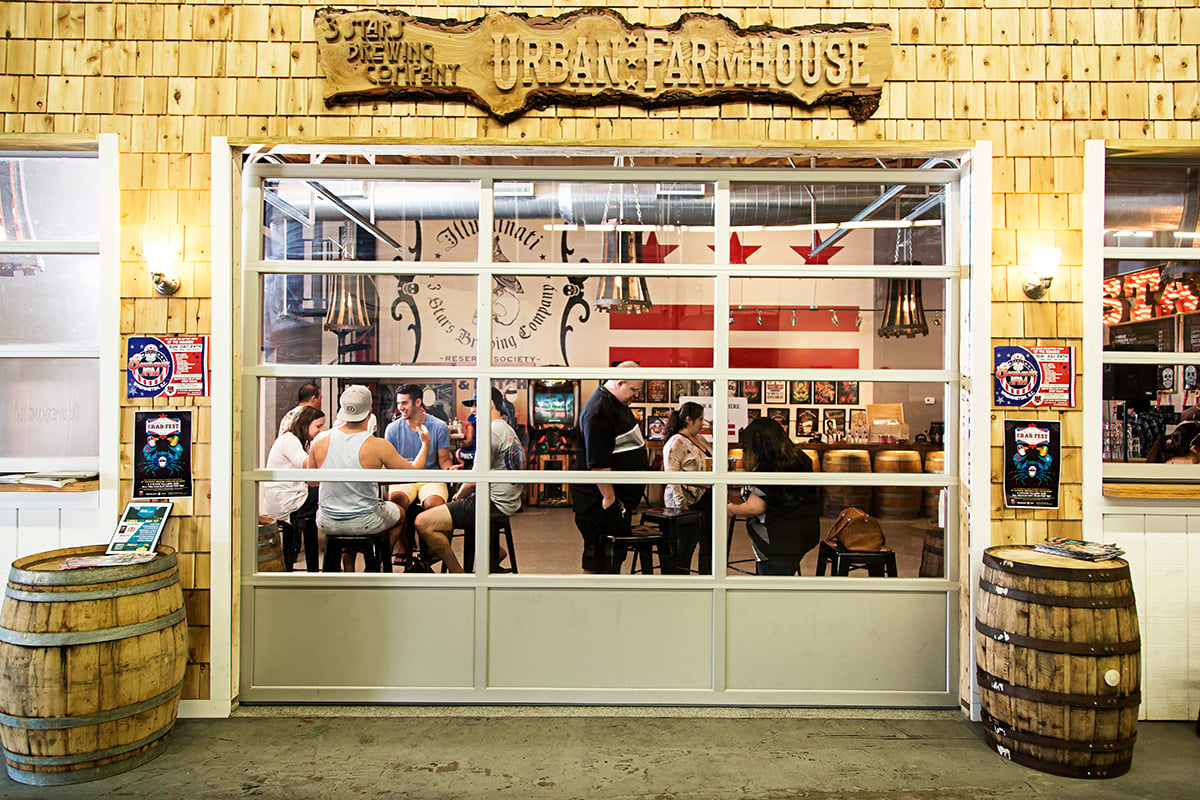BEER AND WINE
ABV: Stands for “alcohol by volume” and represents what portion of the total liquid is alcohol. With 5-percent ABV, Heineken lager is average for beer; wines usually range between 7 and 14 percent. More potent brews have become popular in recent years—Birreria Paradiso, for example, occasionally carries Dogfish Head’s 18-percent ABV World Wide Stout.
Barleywine: Though its alcohol content is comparable to a glass of Chardonnay, this popular type of English beer has a misleading name. Barleywine is rumored to have been invented in the 18th century by British oenophiles who couldn’t buy French wine because their countries were at war. If you order it, expect a beer that’s aromatic and complex.
Biodynamic: This describes a process of winemaking created by Austrian philosopher Rudolf Steiner in the 1920s. Biodynamic wines are organic, but they’re also produced with spiritual and cosmic elements in mind. Growers may plant grapes based on planetary cycles or bury a manure-filled cow horn near the vineyard. While it may sound kooky, all the careful attention results in some high-quality wines.
Cask ale: Hop-heads adore this unfiltered, naturally carbonated beer. It’s poured directly from the keg in which it was created and is guaranteed to be fresh: “No preservatives” means a shelf life of two to five days. The brew is served chilled—not cold—to maximize the pure taste. The number of bars with cask ales is on the rise—find them at ChurchKey, Rustico, and sometimes the Black Squirrel.
Enomatic system: This trademarked wine-tap system allows restaurants to dispense temperature-controlled wine from more than a dozen bottles at once. Where you’ll find it: Evo Bistro, Proof, and Bourbon.

Snifter (pictured left): A short-stemmed glass that has a bulbous base and narrows at the top to concentrate a drink’s fragrance. Snifters were originally used for brandy, but beer-centric bars such as Rustico and Café Saint-Ex use them to serve heavier, aromatic brews that are meant to be swirled and sipped like wine.
Trappist ale: Beer made under the auspices of Trappist monks. This type of highly aromatic, typically strong beer is brewed according to traditions that date back to the Middle Ages, when monks made beer in their abbeys for the community as a safer alternative to drinking water. There are only seven remaining Trappist breweries in the world, and their beers are considered some of the most complex, hence the high price. (Most profits go toward maintaining monasteries or charitable work.) Modern-day, “abbey-style” ales may taste similar to Trappist ales, but they come from secular commercial breweries that produce beer inspired by monastic recipes.
COCKTAILS
Bitters: A liquid that’s flavored with herbal essences and has a bitter flavor. Mixologists depend on small doses of these store-bought or house-made tinctures to provide tartness in drinks and enhance underlying flavors. Popular varieties include citrus, celery, and rhubarb.
Boozy: This describes a cocktail that contains few, if any, nonalcoholic ingredients. The Manhattan (rye whiskey, sweet vermouth, and bitters) is a classic example.
Fizz: A bubbly drink composed of an acidic juice, strong spirits, and soda water. Example: Masa 14’s Orange Fizz with tangerine-flavored vodka, orange juice, lemon juice, and soda.
Mixologist: Also known as a bar chef, this craft-cocktail maker loves to experiment with house-made tonics and offbeat flavors. Whereas a bartender might pour standard cocktails at a customer’s request, a mixologist studies old techniques so he or she can dream up new drinks and ingredient combinations. The leaders in town include Derek Brown at the Columbia Room, Todd Thrasher at Restaurant Eve and PX, Gina Chersevani at PS 7’s, and Adam Bernbach at Proof and Estadio.
Pisco: A potent South American liquor most commonly used in summer drinks. The best place to try it is Cuba Libre in a Pisco sour, Peru’s national cocktail.
Simple syrup: A combination of sugar and water, often equal parts, that’s used to sweeten cocktails. Some bars infuse their syrup with flavors, such as the basil syrup at PX.
A note on serving styles: Before you order, make sure you understand how you want your drink delivered to you. Neat spirits are served unaccompanied by other liquids and without ice, while long concoctions include mixers and juices. Up (or straight up) cocktails are stirred or shaken with ice, then strained into a long-stemmed glass—most likely a martini glass. On the rocks refers to anything poured over ice.
Special thanks to our panel of alcohol experts: Greg Engert, Derek Brown, and Alexandra Bookless.




















